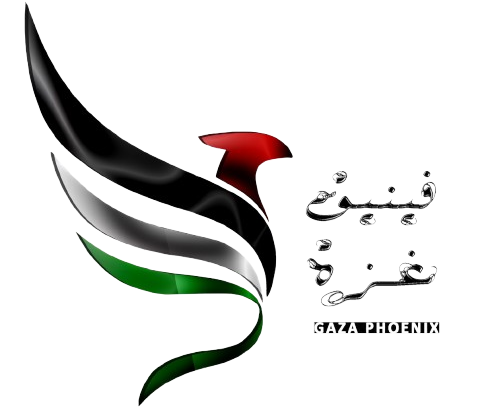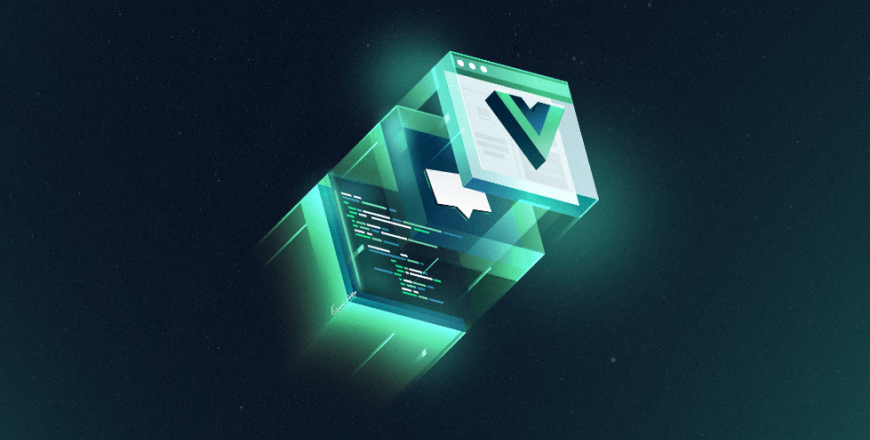Introduction
Project management has evolved significantly, with Agile methodologies gaining traction alongside traditional (Waterfall) project management. But which one is the best fit for your projects? Let’s break down the key differences.
1. What is Traditional Project Management?
Traditional project management follows a linear approach, often referred to as Waterfall. It consists of:
- Defined phases (Initiation → Planning → Execution → Closure).
- Predictability and strict documentation.
- Best for projects with fixed scope and clear deliverables (e.g., construction, manufacturing).
2. What is Agile Project Management?
Agile is an iterative and flexible approach, commonly used in software development and industries requiring adaptability. It includes:
- Scrum, Kanban, SAFe frameworks.
- Frequent feedback loops and continuous improvement.
- Best for projects with changing requirements and innovation needs.
3. Choosing the Right Approach
- If your project has strict requirements and a fixed budget, go with Traditional (Waterfall).
- If you need adaptability and continuous feedback, opt for Agile.
- Some projects use a hybrid model, combining both approaches for optimal efficiency.
Conclusion
Choosing between Agile and Traditional depends on your project’s scope, flexibility needs, and industry. Understanding both methodologies will help you become a well-rounded project manager.




